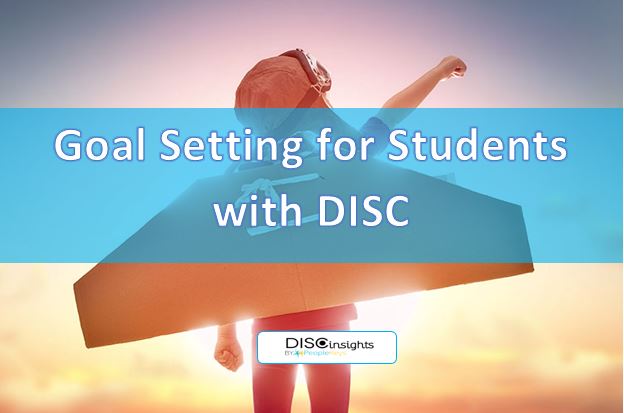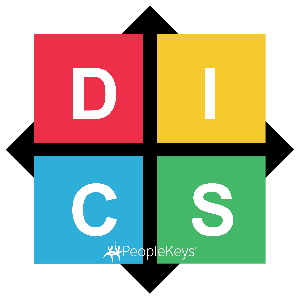- SHOP BY PRODUCT
- DISC TRAINING & CERTIFICATION TOOLS
- DISC RESOURCES
- BLOG
- SHOP BY PRODUCT
- DISC TRAINING & CERTIFICATION TOOLS
- DISC RESOURCES
- BLOG
- ALL ITEMS



Why should students set goals? You could say it is the same as for anyone. How do you know where you are going and when you will get there if you don’t set goals? For students, it is perhaps even more important to learn this skill set early on as they are still maturing and unsure of themselves. By developing into a long-term competency, goal setting will progress beyond just helping to improve academic performance, developing self-confidence, and increasing motivation to providing a sense of purpose and forward momentum in all life’s endeavors.
By learning how to set goals for themselves, students can also figure out what they want to focus on in school now, and where they want that to take them in the future. They can see the progress they are making, which increases motivation and confidence. Without this motivational insight, schoolwork can seem daunting and overwhelming. The StudentKeys® Goal Setting workbook helps break goal setting down into manageable steps so students can easily learn how to clearly define their goals for specific, measurable outcomes.
Many people talk about setting SMART goals, but what does this mean? SMART is an acronym for Specific, Measurable, Attainable, Relevant, and Timely.
Don’t be vague. Be as specific and provide as many details as possible.
You get what you measure. If you can’t measure it, it is hard to tell if you have achieved a goal. For example, being "happier" is a good outcome, but "happiness" is not measurable as a goal.
If you say, "I will earn a million dollars in the next week" or "I will get the highest grades in my class this week" when you are actually at the bottom of the class is not realistic in most cases. If you set unrealistic goals, your brain doesn’t take them seriously. Select a goal that is a bit of a stretch but is possible.
Is this a goal you really want to attain or is it to make someone else happy? If you need more skills or need more resources or money, you can learn the skills or find the resources, or partner with someone who has the resources. But if the goal doesn’t interest you, it will be hard to achieve.
Set a time limit, otherwise, it's easy to put off. Most success stories start with a goal. It is better for students to set smaller, more achievable goals to start and then raise the challenge of the goals as they progress. That way they can receive positive feedback and are not immediately discouraged. If they do fail to meet a goal, it is a good idea to analyze the reasons for not succeeding. Many people are afraid of failing, but most successes are notably achieved by learning from failures.
Not all students are the same. Each has a different personality or behavioral style, as well as a different learning style, thinking style, internal motivators, and values. The StudentKeys® Goal Setting workbook is only one part of the StudentKeys® learning system for enhancing a student’s soft skills for both short and long-term success.
Have your student take the StudentKeys® online Student Strengths assessment to help reveal personality strengths, learning styles, and thinking preferences. As a bonus, a career options report based on personality is provided that can be accompanied by a student’s long-term goal setting for future potential.

© PeopleKeys. All Rights Reserved
WORKING DAYS/HOURS
Mon - Fri / 8:30AM - 5:00PM EST
